Managing Kubernetes With Kubectl
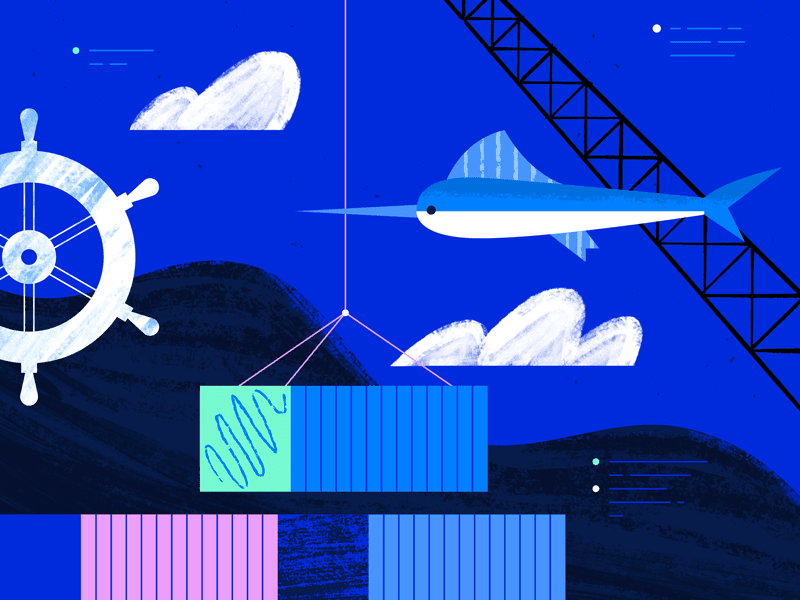

One of the recommended command-line methods to manage your Kubernetes setup is to use kubectl. With the kubectl command, you can interact with Kubernetes API servers to manage workloads in the Kubernetes infrastructure. In this blog, we will cover all aspects of the kubectl command that you would need to get started on managing Kubernetes with it. If you wish to get an overview of Kubernetes, you can read our series of blogs on it starting here.Let’s start with understanding what kubectl is and how it works with Kubernetes.
Kubernetes Workloads – Everything You Need to Get Started
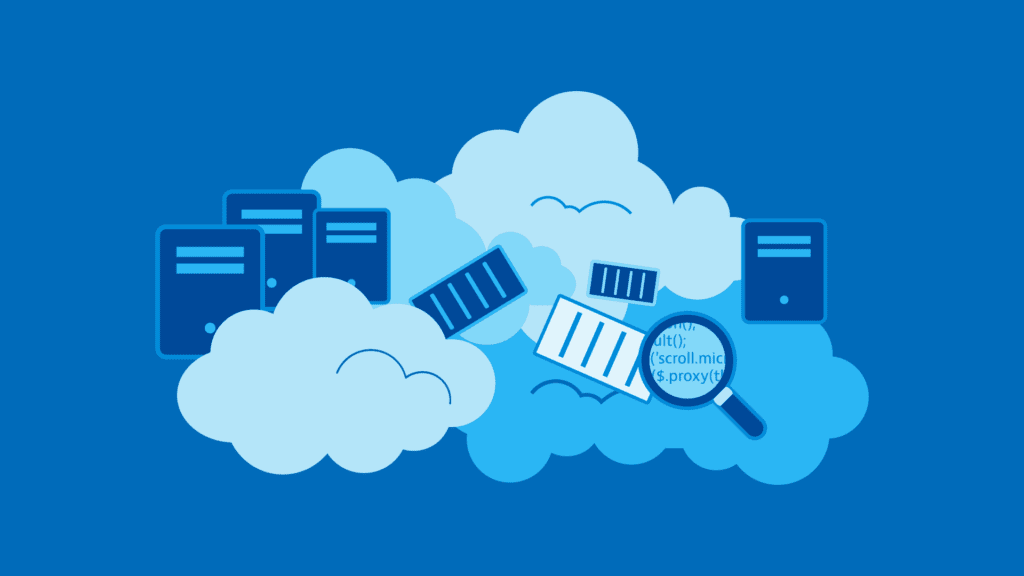

In the last few blogs, we discussed how Kubernetes has become a gamechanger in the adoption of cloud computing and how you can get up to speed with it. We also discussed how Kubernetes differs from other orchestration tools like Docker Swarm and how you can make the right choice for your use case.
Introducing Kubernetes Architecture – From Zero to Deployment


Kubernetes has been a game-changer in the growth of cloud adoption in the last decade. As more containerized applications take frontstage, Kubernetes has become the go-to container orchestration tool.
In this blog, we will go into the depths of Kubernetes and study its architecture. We will also see a simple workflow on how you can set up Kubernetes and deploy it on the cloud.
If you wish to read more about Kubernetes, you can start with our series on it from here. Let’s get started.
How Kubernetes Is Different From Docker Swarm?
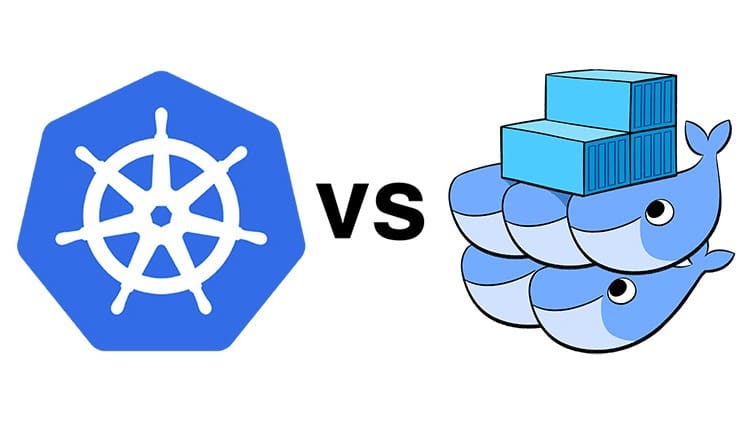

Kubernetes and Docker Swarm are both very popular container orchestration tools in the industry. Every major cloud-native application uses a container orchestration tool of some sort. Kubernetes was developed by Google in the early 2010s from an internal project which managed billions of containers in the Google cloud infrastructure. You can read more about it in our blog here.
In this blog, we will go through the details of how Kubernetes and Docker Swarm differ from each other and how to choose the right tool for you.
What is Kubernetes and Why is it the Future of Cloud Computing


As more and more applications became cloud-native, containers became the ubiquitous way to bring flexibility and scalability to the system. As applications gained more and more functionality, it became essential to have an automated system for container management.
A system that creates, manages, and destroys containers as the traffic requirements change. This is called Container Orchestration. Kubernetes is the leading container orchestration tool in the cloud infrastructure today. It gives a level of abstraction over containers on a cloud infrastructure and groups them into logical units for easier management and discovery.
The Ultimate Guide to Getting Started With Kubernetes [2024 Updated]
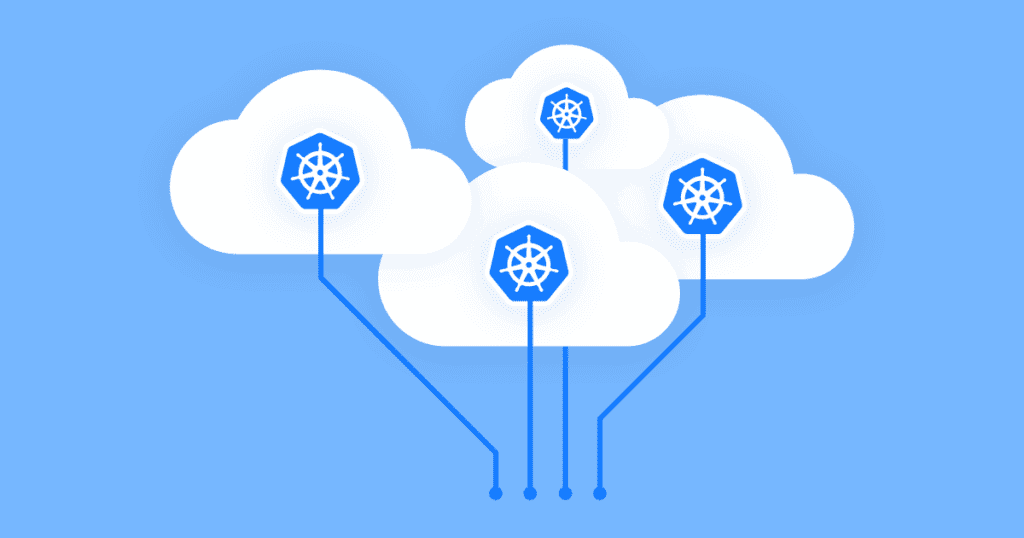

According to a 2021 CNCF survey, 96% of all companies surveyed are either using or evaluating Kubernetes in their infrastructure. As you get comfortable using containers for your software deployment (read more about containers in our ultimate guide), you will soon require a tool to manage container deployments and configuration dynamically. This is where Kubernetes comes into the picture. Kubernetes is one of the most popular container orchestration tools. As the CTO for CNCF says, Kubernetes has now become utterly…
Microservices vs. Monolithic Architectures
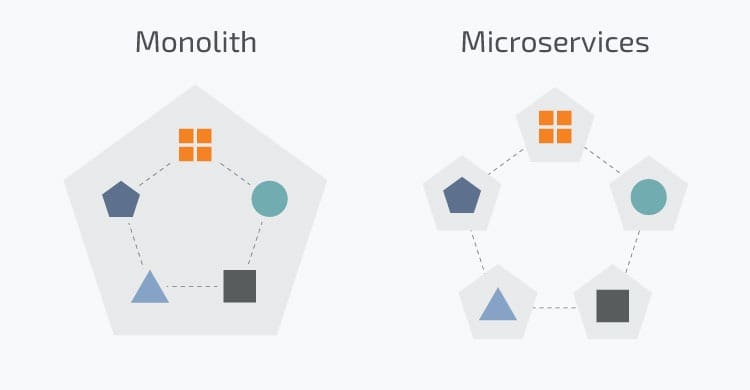

Software development in the last decade has largely moved from a monolithic architecture to a microservices-based architecture. The adoption of cloud platforms accelerated that transition to microservices architecture. But what does it really mean? Why did that happen, and which architecture is best for your development project? How does microservices architecture tie in with containers and cloud setups?
How to Handle Container Storage
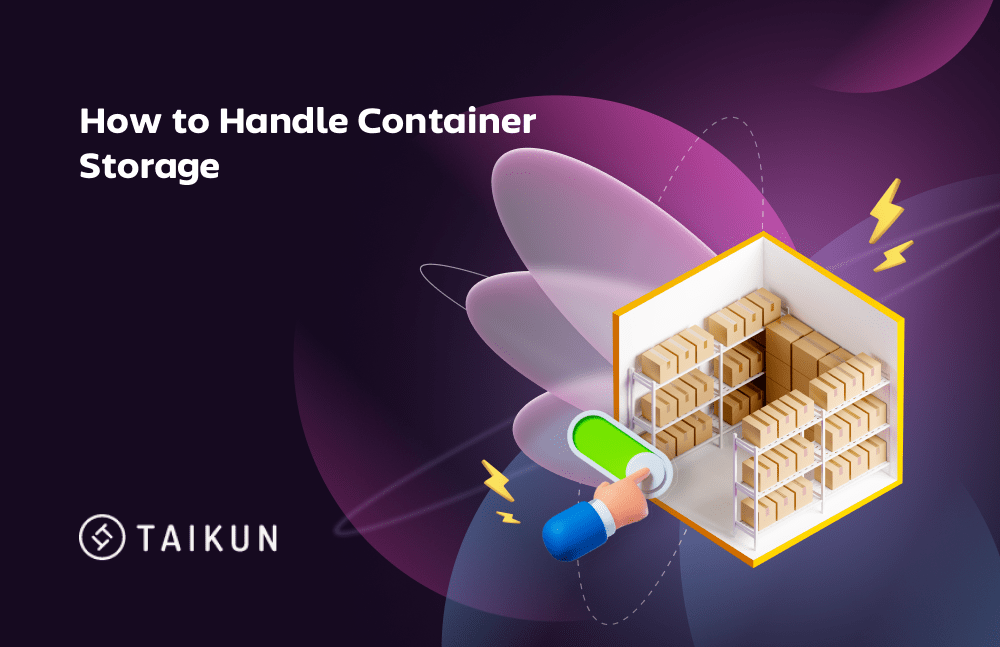

Storage is one of the most important aspects to take care of while dealing with containers in any architecture. By default, the data within the container is destroyed with the container. This makes it difficult for other containers to access the data and carry the process forward.
In architectures of scale, container orchestration is internalized by tools like Kubernetes and Docker. This means that multiple containers are created, managed, and destroyed within the same workflow.
Introduction to Container Networking in Docker
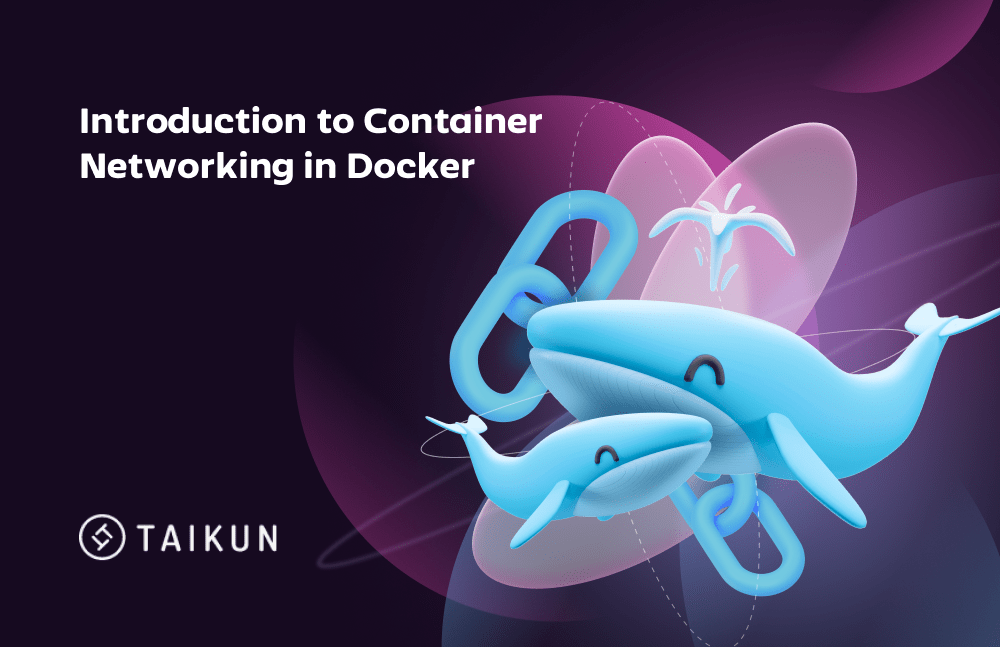

Most containerized applications need some form of communication with other network devices and applications. This is where container networking concepts play an important role. In this blog, we will tell you everything you need to know about container networking and how to get started on it.
Running Your First Own Container Images in Docker
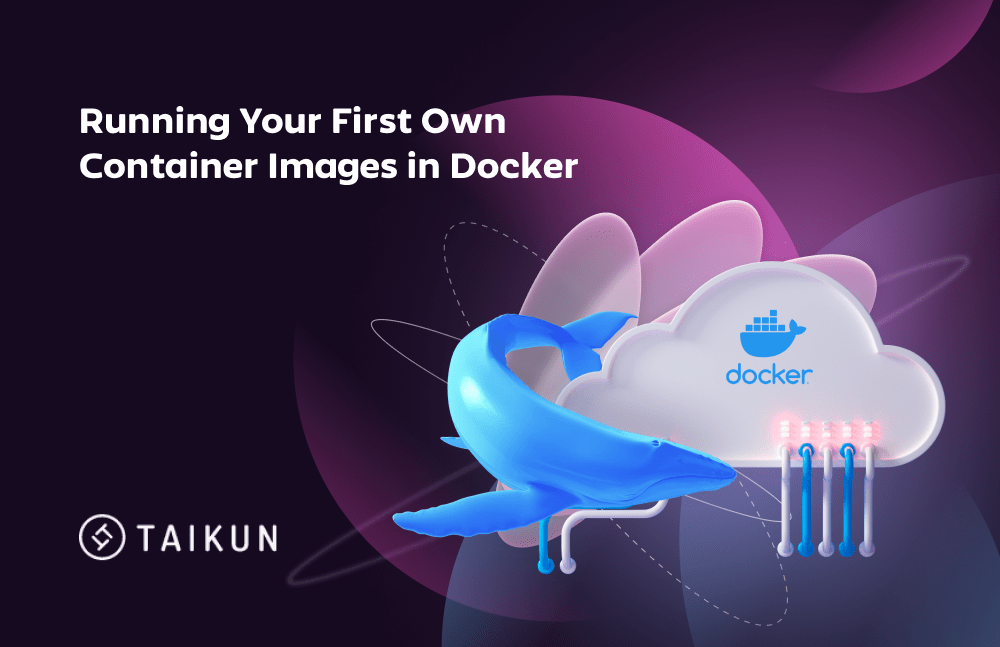

Docker desktop gives you a straightforward way to use any Docker image and run a container.
You can choose to use any image. To start with, we advise you to take an image from Docker Hub. As discussed in the previous blog, Docker Hub is a public repository of Docker images that are verified by


